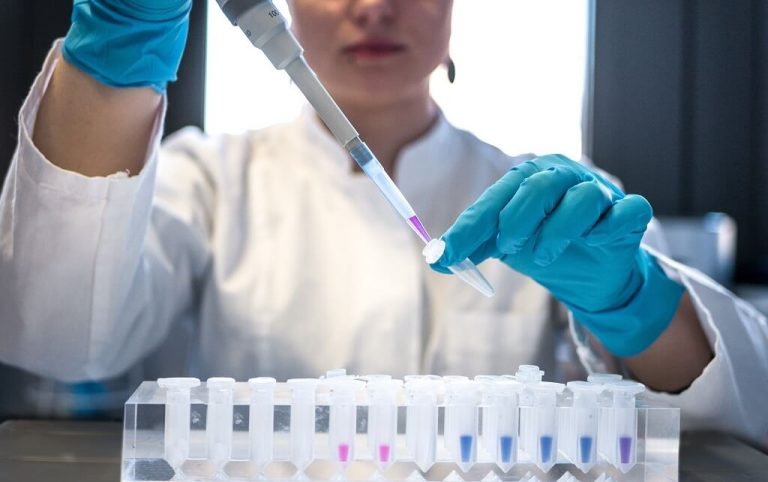Table of Contents [show]
There are over 19 million people in the United States that use well water and the bacteria and other microorganisms found in the water can make people very sick. The quality of the water found in wells can vary from one day to another. Studies have reported that 40% of well water has coliform bacteria on a regular basis let alone all the other microorganisms found in well water.
If you have a private well, you should have the water tested frequently to guarantee microbes are not present. If your well water tests positive for coliform, you must take action to get the bacteria removed as soon as possible.
Find Out If Your Well Water Contains Bacteria
The only sure-fire way to know if your well water contains bacteria is to have it tested. There are absolutely no requirements for private well owners to test for bacteria, it's entirely up to you.
If nothing else, you should definitely test for coliform bacterial. Coliform bacteria do not normally show up a few feet into the soil. If it shows up in a water test, the surface contamination has seeped into the water causing diseased microorganisms to be present. In most cases. Disinfection will kill coliform bacteria and most microorganisms.
On top of that, bacteria in well water can lead to other health issues. It is highly advised to have good water filtration available for the water you are drinking or using from your well, spring, or other sources. Just having the water tested does not guarantee it will remain that way or has always been safe.
Know If Your Drinking Water Is Free Of Bacteria
Although having your water tested for specific disease-causing bacteria can be expensive, it actually makes more sense to check for coliform bacteria in the water. This particular bacteria is found in human and animal waters and if the water test is found to have traces of this bacteria, you are exposed to the dangers of waterborne diseases.
Also, if you notice a reddish-brown slime on the inside of pipes and fixtures or your toilet tank has signs of this slime, you can be sure the water is contaminated by bacteria and you must take steps to have it removed as quickly as possible.
Water Filters
Ceramic water filters are rated high to remove bacteria along with other contaminants from your water. You can find many water filters that will remove bacteria such as a countertop or under sink filters.
How Effective Is Reverse Osmosis For Removing Bacteria?
Although it can remove organisms and bacteria it should not be used as the main source for bacteria removal. All these systems will specify to in the spec sheets, they are only to be used on portable and microbiologically safe water.
Even though most bacteria will not fit through the tiny pore size of the reverse osmosis membrane it's advised the bacteria is removed before getting to the RO system. It is possible for bacteria to multiply on the RO membrane. Bacteria can also create pinhole leaks in the membrane which will cause deterioration of the membrane and reduce performance and TDS reduction. The o-rings in the reverse osmosis system are not designed to stop bacteria from migrating which in turn can lead to bacterial being reintroduced in your water supply. While reverse osmosis is an excellent and powerful way for water filtration, the water should be treated by Ozonation or UV disinfection before it reaches your RO system. Ozonation is a chemical water treatment based on the infusion of ozone into water. This will help increase the life of your system and the membrane. You will be kept safe from viruses and waterborne pathogens.

